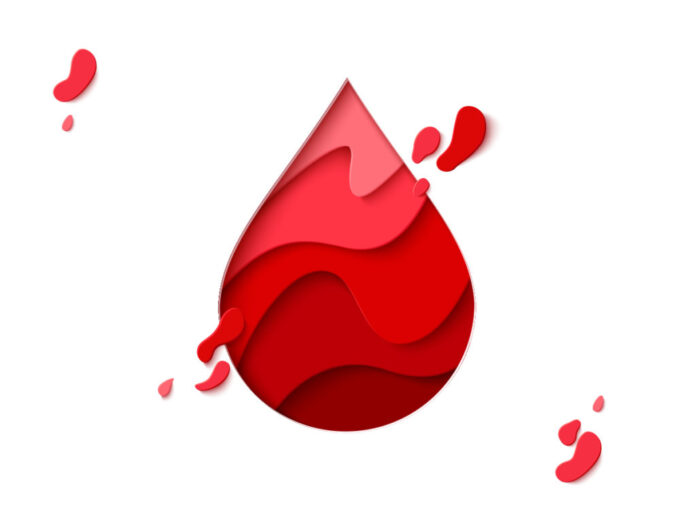
Bleeding disorders are a particular group of conditions, which means that the blood cannot clot the way it should. Most of the time, the platelets, a certain type of blood cells, prevent the bleeding lasting too much than it should. However, people who have some type of bleeding disorder will require medical attention for the most situation where they will bleed way too much than it should. Therefore, they need medical attention in a majority of situations. It goes without saying that we are not talking about nose or mouth bleeds. But it will surely need more time in order to stop it.
Don’t make a mistake, bleeding disorders can really have a negative effect on the person in question. Thankfully, there are some early signs that will show you that you fit within the group of people who have this disorder. We would highly recommend you consult with your doctor in order to find a way to prevent these from happening. If you are looking for a medicine that can help you with this condition, you can check out this website. Naturally, the best way of prevention is to be extra careful in a majority of situations where you can get injured. Anyway, this is the reason we’ve decided to compile a list of the seven most common signs and symptoms of bleeding disorders.
1. Joint Bleeding

The first and probably the most common symptom of a bleeding disorder is joint bleeding. It occurs mainly in knees, ankles, and elbows. It is caused by injuries that can occur like falling on a knee or twisting an ankle. Besides the high amount of bleeding, common for hemophilia, it can provide you with several more issues that you can face over time. You can be faced with limited mobility, which is probably the most uncomfortable of them all. Also, you can see that the swelling pilling up on the joints. Also, if not treated properly, the pain is going to get worse at some point.
2. Prolonged Nosebleeds

We all experienced a situation where we had a nosebleed, at least once in our lifetime. This is not something that can occur pretty frequently with some people. However, that doesn’t mean this is something that can be damaging to the overall health of some people. But, in cases where a hemophilia patient suffers a nosebleed, it can be much more uncomfortable since the bleeding is not going to be easy to stop. Surely, it would require much more effort on your behalf before you’ve succeeded in preventing it. In some cases, it can serve as a symptom of bleeding disorders, when a person is not aware of the condition.
3. Blood in Stool or Urine
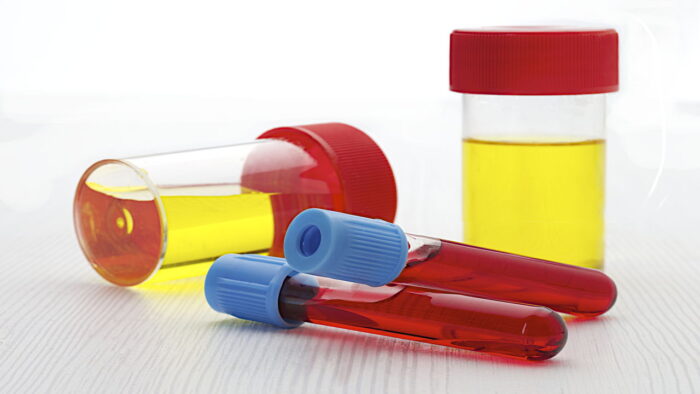
One of the commonest symptoms associated with hemophilia is a patient having blood in the urine or a stool. Surely, this is not a pleasant sight to witness, but it can serve as a perfect alarm for a patient to seek the doctor’s help. Even though it is one of the most common things we can see in hemophilia cases, according to some reports, around 66% of hemophilia patients encounter these situations frequently. However, this is a pretty serious condition that will surely require you to consult with a doctor since this is a condition that can have a negative effect on the prostate, bladder, and kidneys.
4. Gum Bleeding
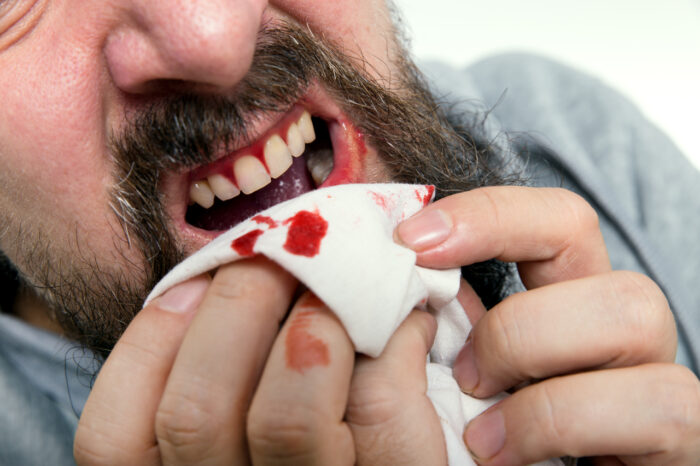
Gums are one of the most sensitive things in our bodies. We can see that even a toothbrush can damage the surface while we are brushing our teeth. Naturally, it can mean that a person has some kind of gum disease or tooth illness. However, it can be an early sign of bleeding disorders as well. As you can presume, preventing the bleeding, in this case, is not going to be an easy task. At the same time, it can damage our teeth. Therefore, we should consult with our dentist and see what can be done in every particular case.
5. Palpable Bruises
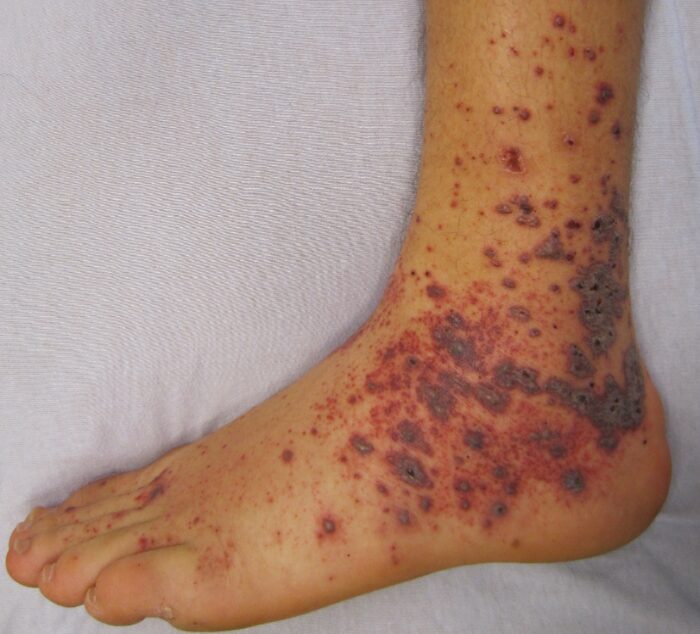
As you can presume, being struck and getting a bruise can be much more serious for people who have some of the bleeding conditions. It means that the bruises are going to last much longer than they last with people who don’t have these conditions. Plus, the pain will surely last much longer. We’ve mentioned that the main way of prevention is to be extremely careful about the moves you are going to make. In this case, you are going to be able to prevent all of the unnecessary pain and bruises. Surely, a physicist could help with this by prescribing some medicine.
6. Prolonged Menstrual Period

It makes perfect sense that the menstrual period is going to last much longer with women who have some kind of bleeding disorder. At the same time, this can be one of the early signs of a disorder. Not only it lasts for a longer period of time, it can become much more excessive in some situations. Thankfully, there are a couple of things that you can do in order to stop this excessive bleeding in this day and age.
7. Excessive Cut Bleeding
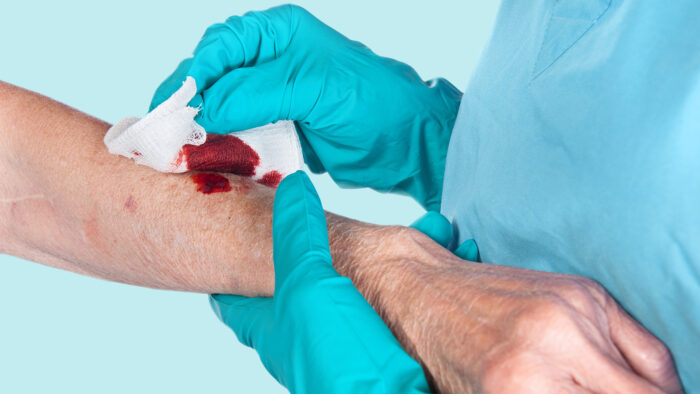
Last but not least, we are going to talk about the most frequent symptom bleeding disorder patients encounter. Patients who suffer from one of the disorders of this kind will have excessive bleeding after getting a cut. Therefore, these situations require much more effort in order to prevent further bleeding. Thankfully, there are a lot of things that you can do in order to prevent bleeding. However, the ultimate prevention you can do is to be careful. If you don’t get a cut or some other injury, you can be sure that you will not encounter any of these uncomfortable situations.
The Bottom Line
Having one of many bleeding disorders is not something that you should treat lightly. Some of these conditions can have a negative effect on the patient’s help, which can be pretty serious in some cases. Therefore, we would urge you to consult with your doctor before you made any decisions towards medical prevention.








